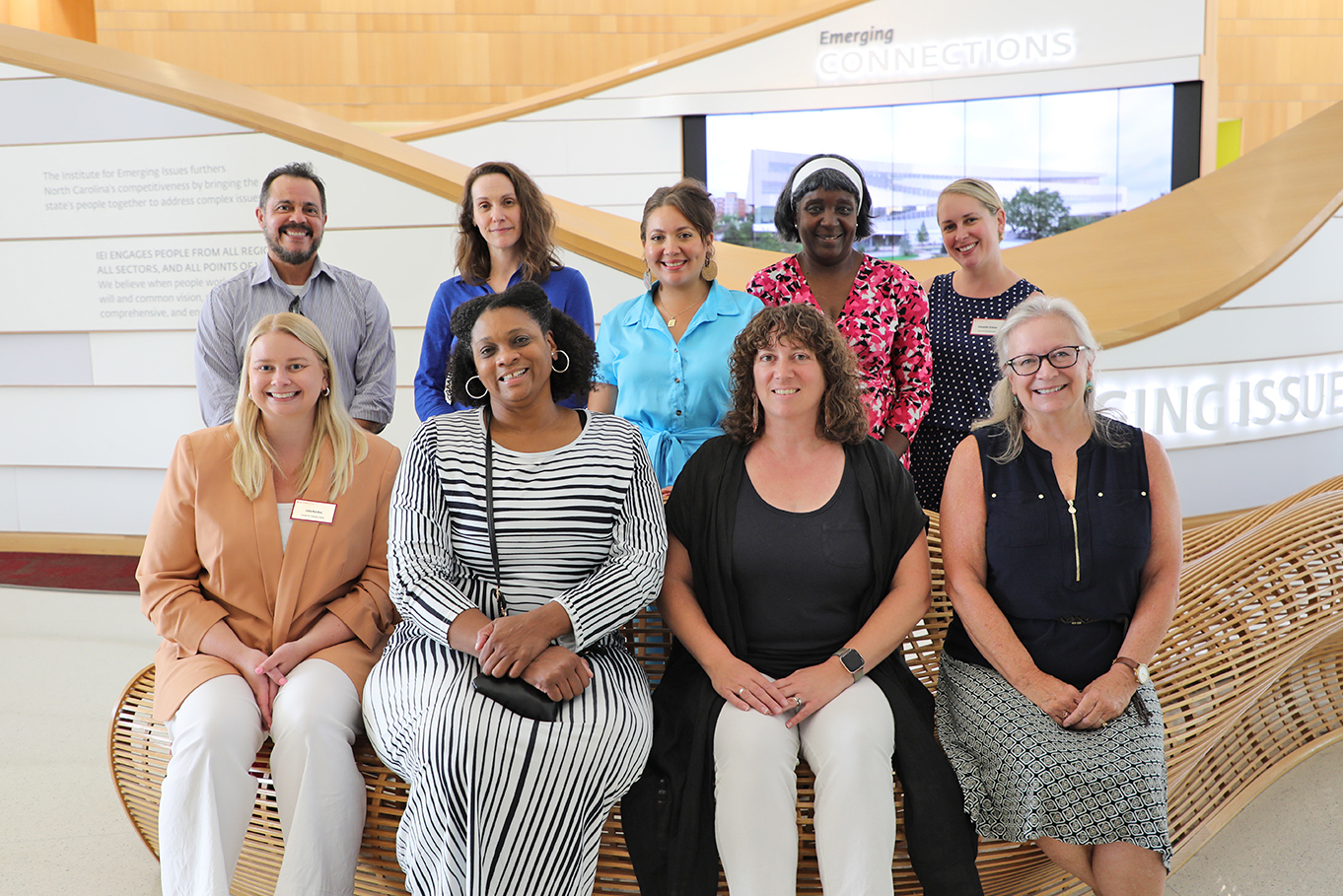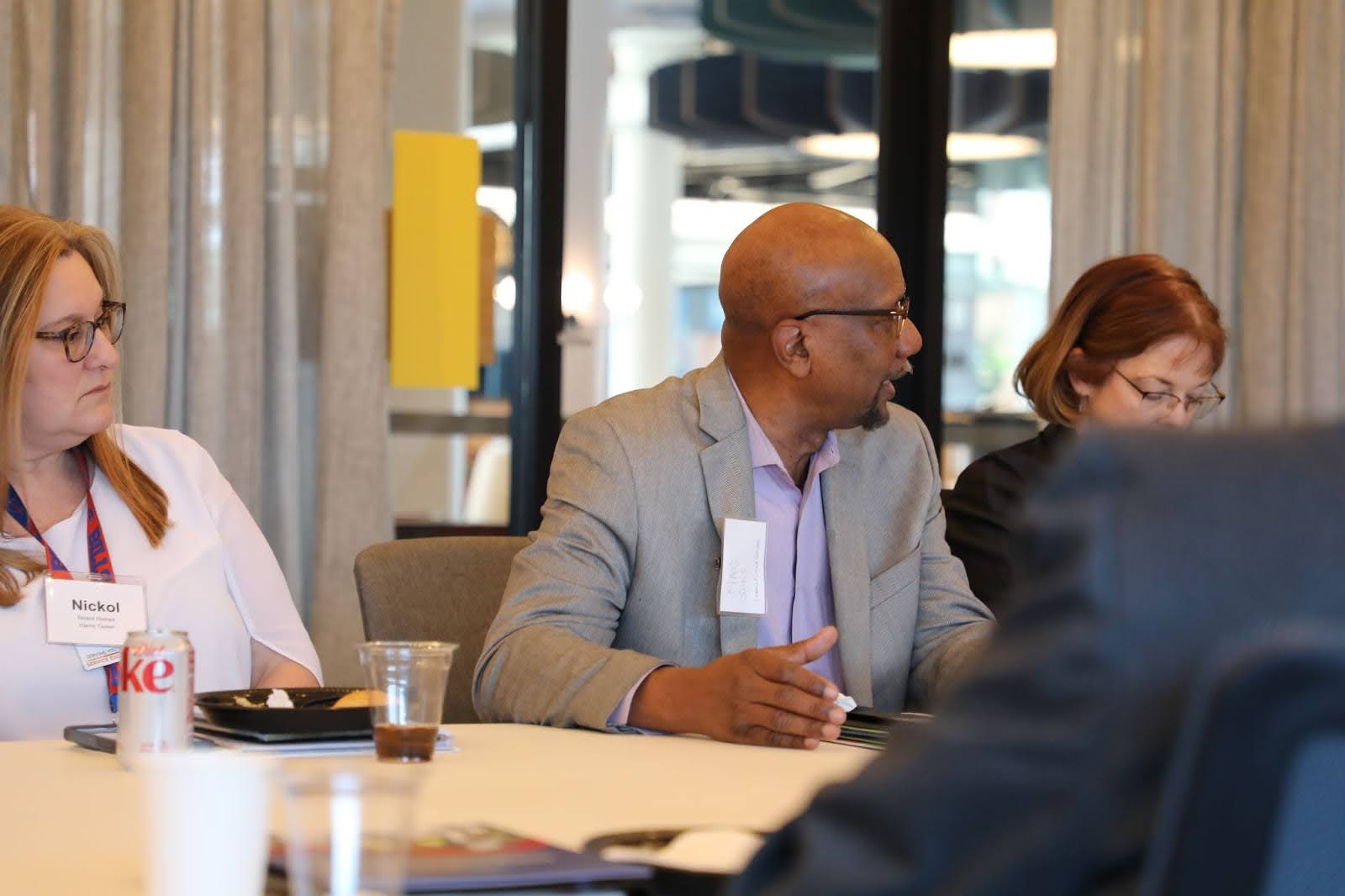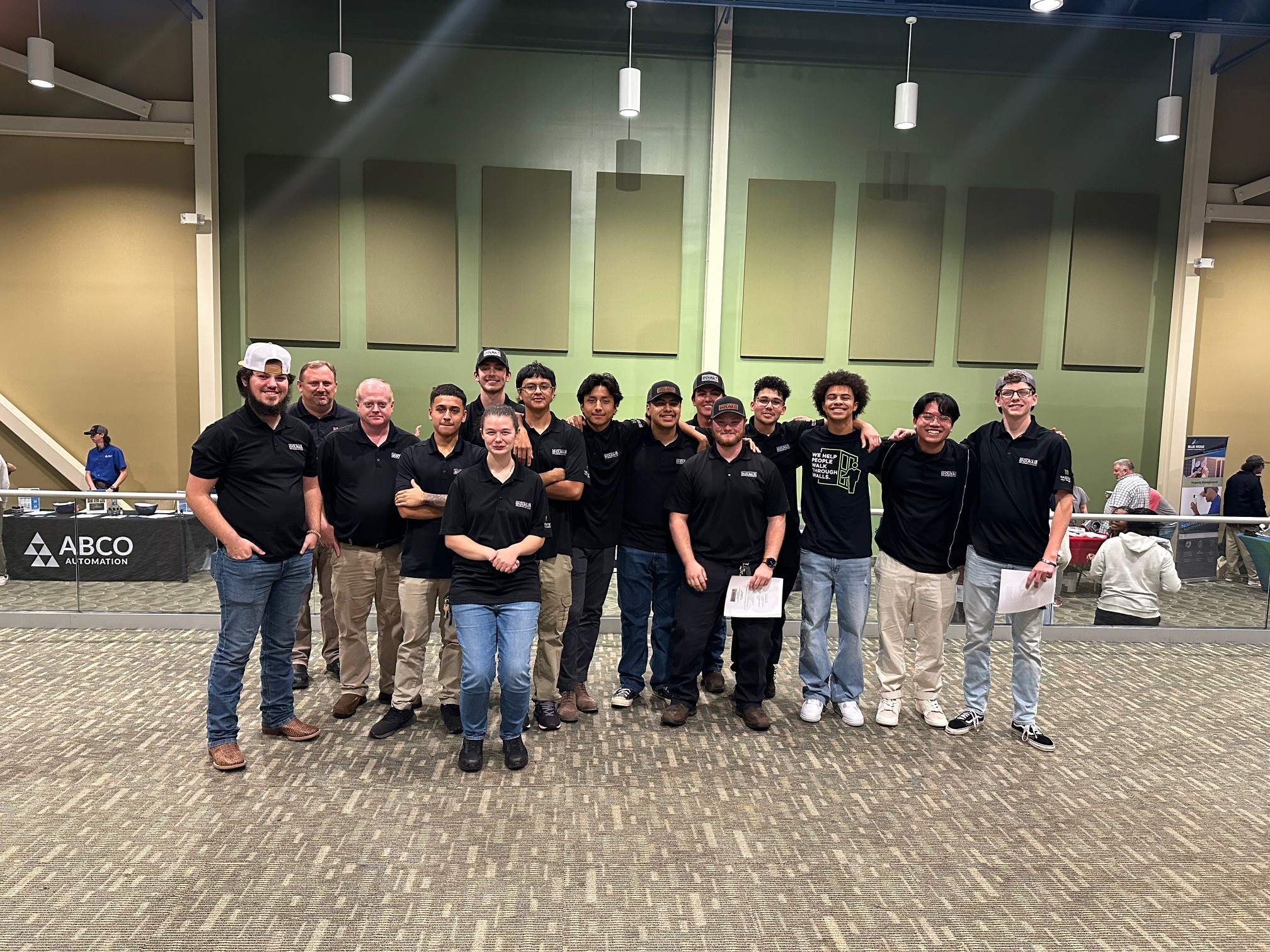Charlotte Digital Inclusion Alliance Targets Digital Divide in Mecklenburg County
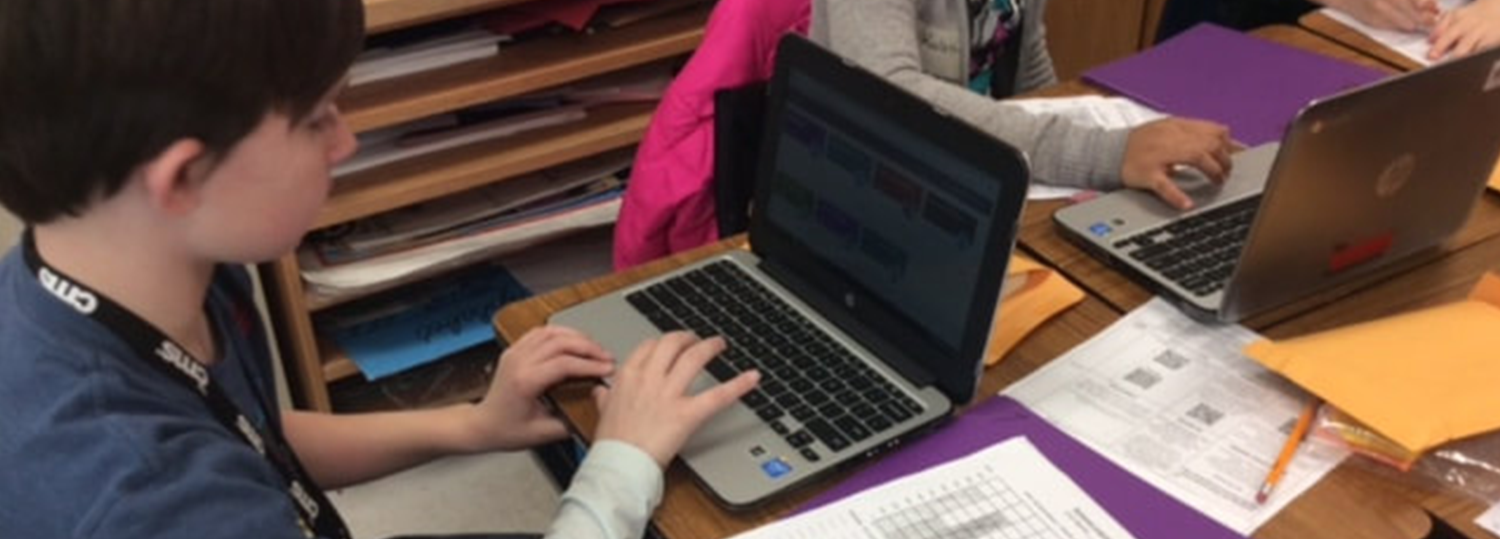
For the upcoming ReCONNECT to Technological Opportunity forum on Feb. 10 in Raleigh, the Institute for Emerging Issues has chosen five community initiatives from throughout North Carolina that will share with our forum audience how they’re working to best leverage high speed broadband for economic growth and community improvement. Here, we profile the Charlotte Digital Inclusion Alliance.
Lindsey Sipe, the technology facilitator at Charlotte-Mecklenburg Schools, has a story that she tells often to illustrate the widespread need for broadband.
One of her middle schoolers had to ride the city bus after dark to McDonalds in order to use the wifi to frantically complete his homework on his phone because his cell phone’s hotspot had run out of data.
“Even though there are likely many more children without the internet than actually do have it at that specific middle school, that’s not their perception… they think they are the only ones,” said Sipe. “For them to go to a teacher to say, ‘I wasn’t able to complete this homework assignment because I don’t have access to the internet,’ it’s almost humiliating, when in reality, most of the children are facing that same exact situation.”
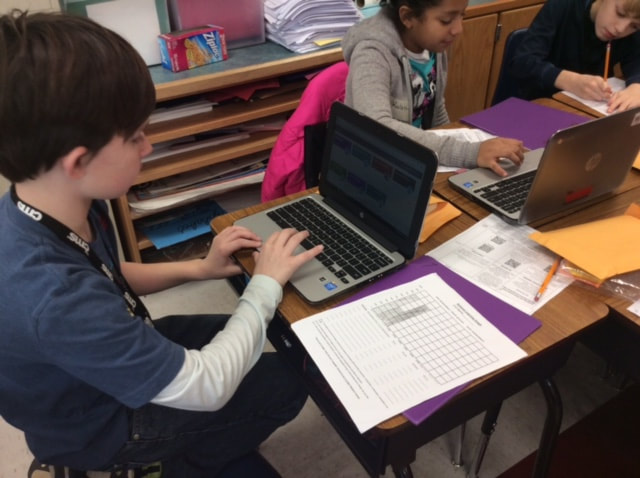
Sipe is part of the Charlotte Digital Inclusion Alliance (CDIA), an organization made up of many institutions all working toward reducing the digital divide in Mecklenburg County.
Since 2015, the group has gathered monthly to share best practices, collaborate on and support each other’s digital inclusion efforts, and develop a playbook that outlines strategies for bringing the number of residents who do not have access to the internet down from 19 percent to just 9 percent by 2026.
Their strategies include digital literacy trainings and classes, mobile hotspot lending, device donations, and programs that combine some kind of device access with the training to utilize that access.
Because the Alliance is made up of organizations from across sectors, those groups can collaborate to provide more comprehensive services to residents. One example of a successful collaborative program is called One Number Equals Access, or ONE Access, where Charlotte-Mecklenburg School students can use their school identification number to access free resources at the Charlotte-Mecklenburg Library system. According to the CDIA Playbook, 147,000 CMS students and their families benefit from this service annually.
CDIA acknowledges that the underlying issue is that without access to broadband, people’s opportunities, especially economically, are limited.
“We want to make sure that our community has the holistic tools and resources needed to be an engaged citizen and to truly participate in what Charlotte has to offer,” said Seth Ervin, the chief innovation officer for the Charlotte-Mecklenburg Library and the current convener for CDIA.
Ervin sees CDIA’s involvement in the ReCONNECT to Technological Opportunity community cohort as an opportunity to continue thinking and acting strategically.
“I think what the CDIA has done really well has been gathering and convening and showing up to do the work in terms of sharing best practices and sharing opportunities to work together and collaborate,” said Ervin. “I’m hoping that this IEI opportunity will help us be more strategic together. I think collaboration can pay major dividends if you invest in it, but… it takes a lot of effort to get everybody on board.”
Sipe also sees value in making connections with groups doing similar work in other parts of the state.
“For me to be able to pick up the phone and talk to somebody at Digital Durham to bounce an idea off of them is huge and super, super impactful,” she said.
Learn more about CDIA during the Institute for Emerging Issues ReCONNECT to Technological Opportunity forum on February 10 in Raleigh.
- Categories:
